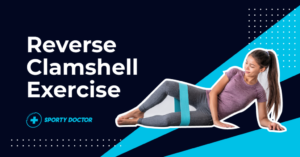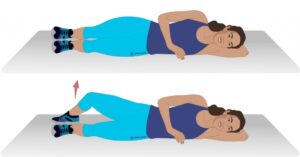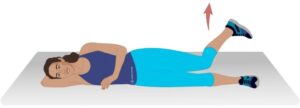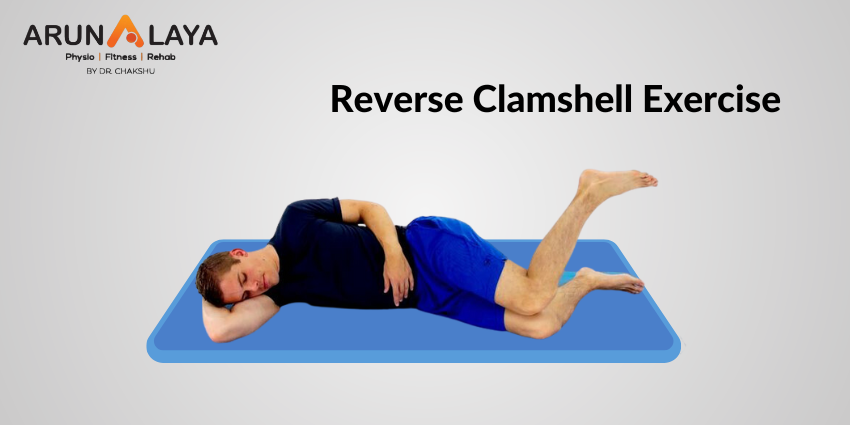Reverse Clamshell Exerise: Benefits and Instructions
If you’re seeking exercises to strengthen your hips, one often overlooked option is the Reverse Clamshell exercise. This variation targets a different set of hip muscles compared to the traditional version and offers numerous benefits.

Benefits of the Reverse Clamshell Exercise
The Reverse Clamshell exercise is a variation of the clamshell, renowned for its ability to enhance hip stability. While similar, it possesses unique advantages that make it a valuable addition to your exercise routine, alongside other individual exercises. These advantages include:
- Enhanced hip joint strength, with a specific emphasis on internal hip rotation.
- Strengthening of the gluteal muscles, particularly the Gluteus Medius, which leads to improved muscle function and activation.
- Stabilization of pelvic muscles.
- Increased muscle definition in the thighs and buttocks.
By incorporating the Reverse Clamshell exercise into your workout regimen, you can reduce the risk of injuries and alleviate lower back pain.
What Muscles Does the Reverse Clamshell Target?
This exercise primarily targets the following muscle groups:
- Inner thighs (hip abduction)
- Gluteal muscles, specifically the deep Gluteus Medius muscle.
- Pelvic muscles.
Clamshell Exercise Vs. Reverse Clamshell Exercise
Here is an image illustrating the regular clamshell exercise:

Different Benefits
Although both starting from a similar position, the clamshell and reverse clamshell exercises offer distinct benefits for the body. While the clamshell primarily strengthens the gluteus minimus and gluteus maximus muscles, the reverse clamshell works the inner rotators of the him. Incorporating both exercises into physical therapy can be beneficial for the hip flexors.
Different Muscle Groups
These exercises target different muscle groups. Unlike the clamshell, the reverse clamshell does not engage the gluteus maximus or the external rotators of the hip. Instead, it focuses on the inner rotators, which play a crucial role in stabilization and balance. During the reverse clamshell, you will feel the activation more in your outer thighs.
How to Perform the Reverse Clamshell Exercise
To perform the reverse clamshell exercise:
- Lie on your exercise mat on one side, with your legs stacked on top of each other and your knees bent at a 45-degree angle, as you would for the regular clamshell exercise.
- Keep your feet together. Rotate your top foot outward and raise it toward the sky. Take one second to lift your leg and three seconds to lower it, maintaining slow and controlled movements.
- Repeat for 10 to 15 repetitions before switching sides.

Some Tips
Here are some tips for performing the exercise:
- Keep your upper body aligned and engage your abdominal muscles throughout.
- Exhale as you engage your inner thighs, and inhale as you relax your muscles.
- Avoid rolling forward, as having your top leg slightly more forward than your lower leg makes it easier to lift your foot. This can result in less activation of your glutes.
Make it Easier
If you find the exercise challenging, you can start with an easier exercise called the Single Leg Windshield Wiper stretch. Follow these steps as a beginner:
- Lie flat on your back, with your knees bent at a 90-degree angle and your feet flat on the floor.
- Move your feet slightly wider than hip-width apart.
- While keeping your left knee still, allow your right leg to fall toward the left leg. This inward rotation of your hip will create a stretch on the outside of your buttocks and hip.
- Hold this position for 20 to 30 seconds before returning to the starting position.
- Perform 10 to 15 repetitions before switching sides and allowing the left leg to fall. Ensure your core muscles are engaged throughout the exercise for added benefits.

